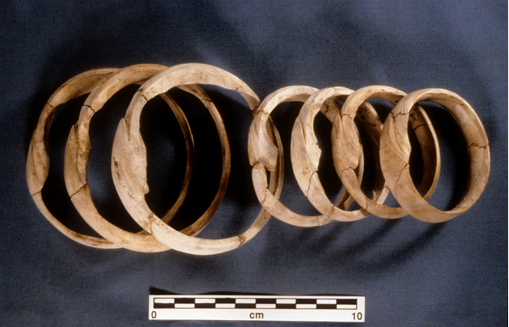Numerous ornaments made from marine shells and exotic colored stones were buried with the dead along with polished stone axes and chert blades.
This lecture will highlight the most recent excavations of the Ravi and Kot Diji levels at Harappa that illustrate the emergence of complex crafts and trade, with a special emphasis on interaction with Central Asia. It will also present the excavations and experimental studies on the production of faience and steatite tablets. The discovery of distinctive objects with links to Central Asia will also be discussed along with a critical analysis of the chronologies of the two regions.
Most traditional archaeological publications on the early history of South Asia use a Culture Historical model to categorize and discuss the continuities and change in human adaptive strategies. ln the past decade numerous scholars have tried to break out of this linear and at times constrictive model. While theoretical model building allows for the use of complex, dynamic, fluid, multifaceted, and contested approaches, they are not practical when it comes to dealing with actual sites and artifacts. Consequently, most archaeologists who are digging and analyzing artifacts find it easier to continue using a relative simple chronological framework with the understanding that it is nothing more than a tool to assist in the eventual construction of more complex models. Once enough data have been collected and organized it is possible to develop more precise frameworks for interpreting cultural processes.

